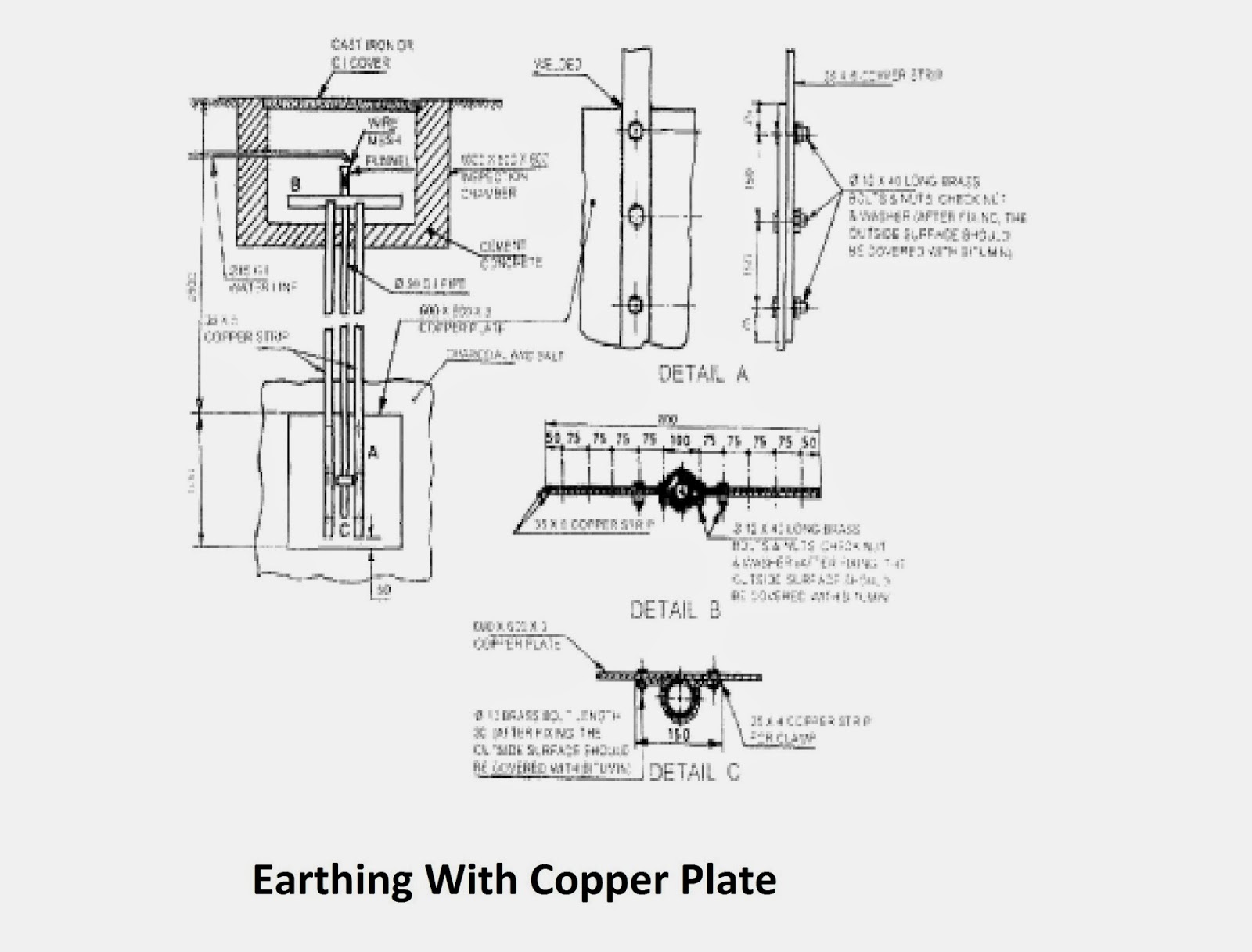Fault current direction
There are very misconceptions about the direction of fault current.
Usually it has been misinterpreted that as from source to load as everyone thinks that’s source will supply load current and voltage.
Fault current always flows backwards i.e. if fault occurred at Motor then first it's O/L get tripped not directly causing Transformer tripping. Although current is drawn from Source but fault current always from Fault end to backward, as during fault at load heavy current will flows at load end as during fault load resistance reduced to very low value . That is how Electrical system is designed for load fault current.
Electrical system should be designed in Such a way that protection equipment connected for protection of load much immediately isolate load from source.
e.g. if load rated current is 300A then load end MCCB/SFU must be of 400A with fault current rating depending upon Transformer rating and impedance. Now Load end MCCB is of 400A and protection equipment such be set at 300A or less then 300A so that if any fault occurred load must get disconnected as soon as current reached 300A level and Short circuit , Earth fault settings done accordingly.
If we are designing system for 160KW motor having rated current of 297A then we must select 315A as its main MCCB/SFU and O/L Relay setting done at 297A or less then 297A , Earth fault relay setting should be done at 10% and 400A MCCB/SFU will be used as main Source for whole electrical system of 160W motor.

Comments
Post a Comment